WHAT IS A CELL?
- Unicellular organisms are capable of
(i) Independent existence
(ii) Performing the essential functions of life. - Any thing less than a complete structure of a cell does not ensure independent living. Thus, cell is the fundamental structural and functional unit of all living organisms.
- Robert Hooke studies and discovered the cell from a thin slice of cork but that was the ‘dead cell’. Anton Von Leeuwenhoek was the first person who observed few living cells capable of moving, such as bacteria, protozoa,spermatozoa and red blood corpuscles under his own designed microscope.
CELL THEORY
In 1838, Matthias Schleiden, German botanist studies a large number of plants and observed that all plants are composed of different kinds cells which form the tissues of the plant. At about the same time, another scientist Theodor Schwann (1839), a British zoologist studies different types of animals cells and reported that cells had a thin outer layer which is now known as the Plasma membrane. He also concluded, based on his studies on plants tissues, that the presence of cell wall is a unique character of the plant cells. On the basis of this, he proposed a hypothesis that the bodies of plants and animals are composed of cells and their products. Schleiden and Schwann together formulated the cell theory. This theory however, did not explain as to how new cells were formed. Rudolf Virchow (1855) first explain that cells divided and new cells are formed from pre-existing cells (Omnis cellula-e cellula). He modified the hypothesis of Schleiden and Schwann to give cell theory a final shape.
CELL THEORY IS UNDERSTOOD AS
(i) All living organisms are composed of cells and products of cells
(ii) All cells arise from pre-existing cells.
(iii) Activities of an organism are the outcome of sum total of activities and interactions of its constituent cells.
- Viruses are an exception to cell theory as they are not made up of cells. They are composed of nucleoprorein particles. Therefore, they are not considered either living or non-living.
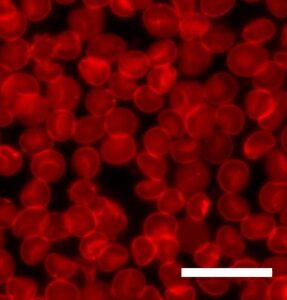
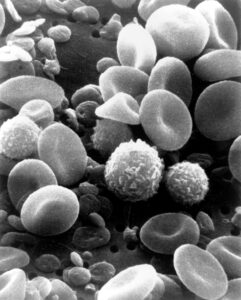
AN OVERVIEW OF CELL
- Cells that have membrane bound nuclei called eukaryotic. Whereas cells that a membrane-bound nucleus are prokaryotic. In both prokaryotic and eukaryotic cells, semi-fluid matrix called cytoplasm occupies the volume of the cell. The cytoplasm is the main arena of cellular activities in both the plant and animal cells.
- Besides nucleus, the eukaryotic cells have other membrane-bound distinct structures called organelles like the Endoplasmic Reticulum (RE), the Golgi complex, lysosomes, mitochondria, microbodies and vacuoles. The prokaryotic cells lack such membrane-bound organelles.
- Ribosomes are non-membrane bound organelles found in all cells- both eukaryotic as well as prokaryotic. Within the cell, ribosomes are found not only in the cytoplasm but also within the two organelles- chloroplasts (in plants) and mitochondria and on rough ER. Animal cells contain another non-membrane bound organelle called centriole which helps in cell division.
- Cells differ greatly in size, shape and activities. For example:-
Size
(i) Mycoplasma (Smallest cell)- 0.3 μm in length
(ii) Bacteria– 3-5 μm
(iii) Human RBC – 7 μm in diameter - The largest isolated single cell- egg of ostrich
- Nerve cells are some of the longest cells.
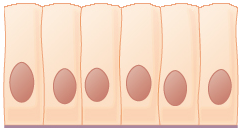
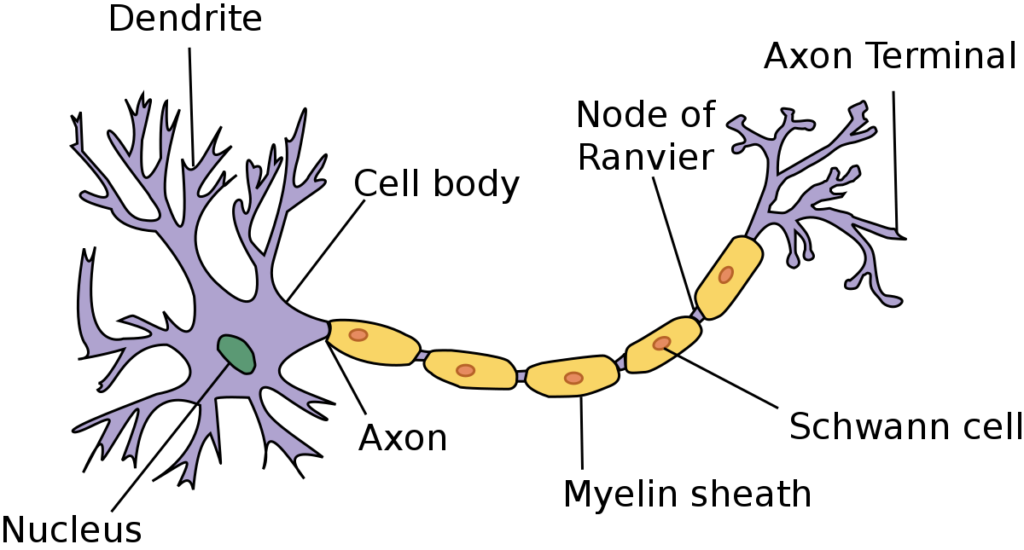
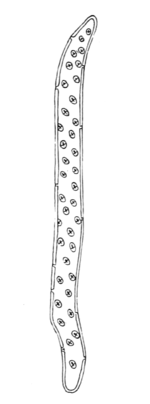
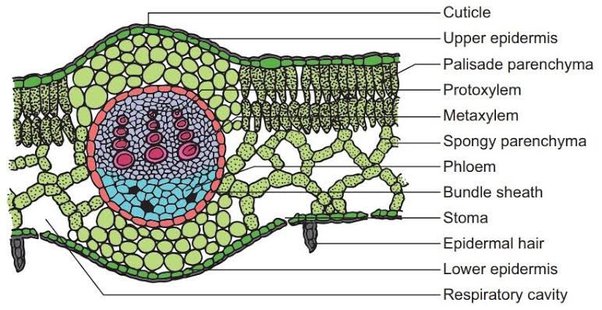
FUNFACTS
Origins in Microscopy: The development of the cell theory was closely linked to advancements in microscopy. The invention of the compound microscope in the late 16th century enabled scientists to observe and study cells for the first time, laying the foundation for cell theory.
Contributions of Robert Hooke: English scientist Robert Hooke is credited with the first documented observation of cells. In 1665, he examined thin slices of cork under a microscope and described the small compartments he observed as “cells,” likening them to the cells of a monastery.
Schwann and Schleiden’s Discoveries: In the early 19th century, German scientists Theodor Schwann and Matthias Schleiden independently formulated key components of the cell theory. Schwann proposed that animals are composed of cells, while Schleiden suggested that plants are also made up of cells.
Virchow’s Principle of Cellular Continuity: German physician Rudolf Virchow expanded upon the cell theory in the mid-19th century with his principle of cellular continuity. He proposed that all cells arise from pre-existing cells, challenging the idea of spontaneous generation and emphasizing the importance of cell division in growth and repair.
Unifying Principle of Biology: The cell theory is often regarded as one of the fundamental principles of biology, providing a unifying framework for understanding the structure, function, and diversity of living organisms. It emphasizes the fundamental role of cells as the basic units of life and the building blocks of tissues and organisms.
Modern Advances: While the basic tenets of the cell theory remain unchanged, modern technologies such as electron microscopy, fluorescence microscopy, and molecular biology have provided new insights into cellular structure and function. These advances have deepened our understanding of cellular processes and their implications for health and disease.
Cell Diversity: Despite their microscopic size, cells exhibit remarkable diversity in structure, function, and specialization. From the complex neurons of the brain to the photosynthetic chloroplasts of plant cells, cells display a wide range of adaptations suited to their specific roles within organisms.
Cell Theory Beyond Organisms: The principles of the cell theory extend beyond multicellular organisms to include unicellular organisms such as bacteria, archaea, and protists. Even viruses, although not considered cells, depend on cellular machinery for their replication and are often studied in the context of cell biology.
Clinical Relevance: Understanding cellular structure and function is essential for diagnosing and treating diseases. Many medical treatments target specific cellular processes, and advances in cell biology have led to breakthroughs in areas such as cancer therapy, regenerative medicine, and drug development.
Educational Importance: The cell theory is a fundamental concept taught in biology classrooms worldwide. Studying cells and their properties not only provides insights into the nature of life but also fosters critical thinking skills and an appreciation for the scientific process.
- The cell theory is a fundamental principle in biology that states:
- All living organisms are composed of one or more cells.
- The cell is the basic unit of structure, function, and organization in organisms.
- Cells arise from pre-existing cells through cell division.
- The cell theory was developed through the contributions of multiple scientists over several centuries. However, its formulation is often attributed to three key scientists:
- Robert Hooke, who observed cells in cork under a microscope in 1665.
- Matthias Schleiden, who proposed that plants are composed of cells in 1838.
- Theodor Schwann, who proposed that animals are composed of cells in 1839.
- The cell theory is essential for understanding the structure, function, and organization of living organisms. It provides a unifying framework for biology and underpins our knowledge of cellular biology, genetics, physiology, and medicine.
- The cell theory is a foundational concept taught in biology curricula at various educational levels, from elementary school to university. Students learn about cell structure, function, and organization through hands-on laboratory activities, microscopy, and interactive educational materials.
- The principles of the cell theory are applied in various fields, including biotechnology, regenerative medicine, and drug development. Understanding cellular processes is crucial for developing new therapies, treatments, and technologies to address health challenges and improve human well-being.